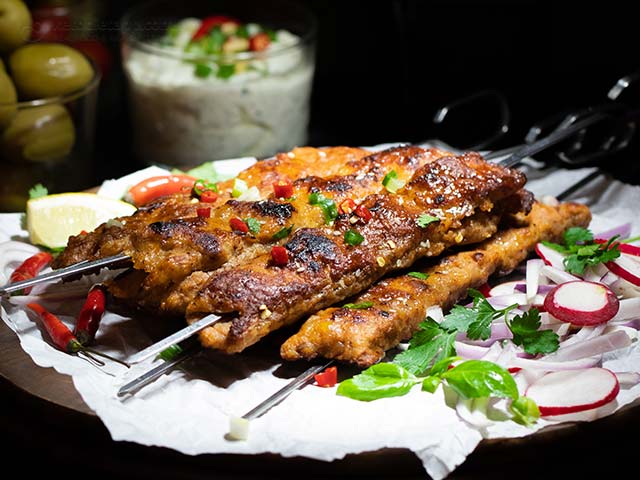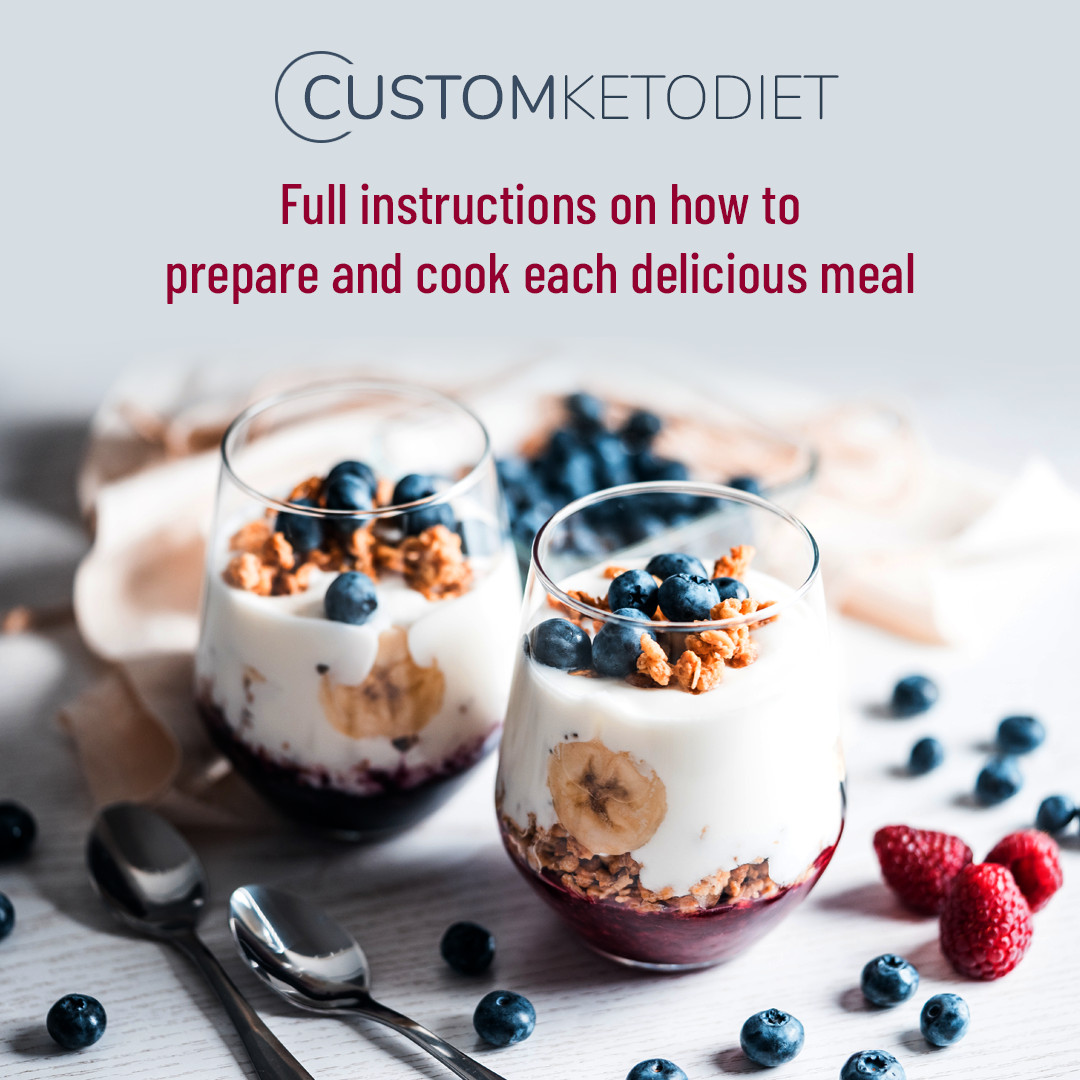
Halloween is the perfect time to try something different, and this Whole Baked Masala Cauliflower fits right in! With its rich, spiced coating and a look that’s kind of creepy (but in a good way), it’s a great way to bring some flavor to the table. Whether you’re hosting a spooky dinner or just want a new side dish, this cauliflower is easy to make, low-carb, and seriously tasty.
Key Ingredients & Swaps
This recipe keeps things simple but flavorful with a few key ingredients. Here’s what you’ll need and some ideas for easy swaps:
- Cauliflower: The whole head of cauliflower is the base. If you prefer, you can use a smaller one, but adjust the cooking times to avoid overcooking.
- Soft Cheese: Soft goat cheese adds a nice tang, but cream cheese is a great swap if you prefer something milder.
- Tomato Paste: If you don’t have tomato paste (tomato puree), a thick tomato sauce could work.
- Spices: Garam masala and curry powder bring in the classic masala flavors. You can adjust the spice level by using mild or hot curry powder. Don't have garam masala? A blend of cumin, coriander, and a little cinnamon will do the trick.
- Olive Oil: You could swap it for avocado oil or melted ghee.
- Herbs: Fresh parsley or cilantro are perfect to sprinkle on top, but you can use other fresh herbs you like, such as mint or chives, to change the flavor profile.
Tips for Making the Perfect Whole Baked Cauliflower
To get the best results with this dish, here are a few simple tips:
- Don’t skip the steaming. Steaming the cauliflower first ensures it’s tender all the way through without drying out in the oven. Aim for crisp-tender when steaming, so it holds its shape while roasting.
- Let the cauliflower cool a bit before marinating. This helps the cheesy masala coating stick better and not slide off.
- Use a generous coating of the marinade. Make sure the cauliflower is completely covered with the spiced cheese mixture to maximize flavor and prevent it from drying out.
- Broil for extra color. If you want an even crispier top, broil the cauliflower for the last few minutes of baking, but keep an eye on it so it doesn’t burn.
- Play with the spice level. Adjust the curry powder or garam masala to your heat preference. For a spicier kick, you can add chili powder or fresh chopped chilies to the marinade.
Flavor Variations
Here are 10 Flavor Variations you can try for Whole Roasted Cauliflower:
- Buffalo Cauliflower: Toss the cauliflower in buffalo sauce before roasting for a spicy, tangy kick. Serve with ranch or blue cheese dressing.
- Lemon & Herb: Use a mixture of lemon juice, olive oil, garlic, and fresh herbs like rosemary, thyme, and parsley for a light, refreshing flavor.
- Smoky Paprika: Mix smoked paprika, garlic powder, olive oil, and a touch of cumin for a deep, smoky flavor.
- Garlic Parmesan: Coat the cauliflower with garlic, olive oil, and grated Parmesan for a savory, cheesy crust.
- Tahini & Za’atar: Drizzle with tahini sauce and sprinkle with za’atar seasoning for a Middle Eastern-inspired variation.
- Harissa Roasted: Spread a mix of harissa paste and olive oil for a bold, spicy North African twist.
- Coconut Curry: Use coconut milk and curry paste for a creamy, tropical flavor that pairs well with cilantro and lime.
- Honey/Maple Mustard Glazed: Combine allulose-based, honey or maple flavored syrup, Dijon mustard, and olive oil for a sweet and tangy glaze that caramelizes beautifully. I love RxSugar Allulose syrup - get 20% off by using this link (affiliate link) or by using the code KETODIET20 at checkout.
- Chimichurri Cauliflower: Top the roasted cauliflower with a fresh chimichurri sauce made of parsley, garlic, olive oil, and red pepper flakes.
- Pesto Crusted: Coat the cauliflower in a basil pesto or sun-dried tomato pesto for a rich, Italian-inspired finish.
Serving Suggestions
When it comes to serving, this Whole Baked Masala Cauliflower is versatile. It makes an excellent side dish, pairing well with grilled meats like chicken, lamb, or beef. For those looking for a lighter, low-carb option, it’s a great alternative to heavier sides like potatoes or rice.
If you prefer to serve it as a vegetarian main dish, a dollop of sour cream or a simple yogurt sauce on the side works wonderfully. You could also pair it with a fresh salad to keep the meal balanced. For a little extra texture and crunch, try sprinkling some toasted nuts or seeds, such as almonds, sesame, or pumpkin seeds, on top after baking.
Here are a few meat dishes to serve this whole baked masala cauliflower with:
 |
 |
 |
Storage Tips
For storage, leftovers can be kept in an airtight container in the fridge for up to 3-4 days.
When you’re ready to reheat, the best method is to pop it back in the oven at 350°F (175°C) for about 10-15 minutes until warmed through. Microwaving is an option, but it may result in a softer texture.
If you want to freeze it, wrap the cauliflower tightly and store it in a freezer-safe container for up to 2 months. While reheating from frozen is possible, keep in mind that the texture will be softer than when freshly made.

Preparation time
Hands-on: 10 minutes
Overall: 1 hourNutritional values (per serving, 1/6th whole cauliflower)
| Total Carbs | 10 | grams |
| Fiber | 4 | grams |
| Net Carbs | 6 | grams |
| Protein | 9.7 | grams |
| Fat | 12.1 | grams |
| of which Saturated | 5.7 | grams |
| Energy | 177 | kcal |
| Magnesium | 35 | mg (9% RDA) |
| Potassium | 567 | mg (28% EMR) |
Macronutrient ratio: Calories from carbs (14%), protein (23%), fat (63%)
Ingredients (makes 6 servings)
- 1 large cauliflower (1 kg/ 2.2 lbs)
- 200 g soft goat's cheese or cream cheese (7.1 oz)
- 4 tbsp tomato paste (60 g/ 2.1 oz)
- 4 tbsp extra virgin olive oil (ml)
- 1 1/2tsp garam masala
- 1 1/2 tsp mild or hot curry powder
- 1 tsp onion granules or 1/2 tsp onion powder
- 1/2 tsp ground black pepper
- 1 tsp sea salt
- fresh parsley or cilantro, to serve
Instructions
- Start by steaming the whole cauliflower. To do this, place it in a steamer basket over a pot of simmering water, cover with a lid, and steam for 8 to 10 minutes until it's crisp-tender. If you don't have a steamer, you can place the cauliflower directly in a pot with about an inch of water, cover, and steam it that way. Once it's done, remove it from the heat and take off the lid to let the steam escape. Allow the cauliflower to cool on a chopping board until it's at about room temperature.

- While the cauliflower cools, mix the goat's cheese (or cream cheese), tomato paste, olive oil, garam masala, curry powder, onion granules (or powder), black pepper, and sea salt in a bowl using a fork or spatula until you have a smooth marinade.

- Preheat your oven to 400°F (200°C) for fan-assisted or 425°F (220°C) for conventional ovens. Once the cauliflower is cool enough to handle, cover it generously with the cheesy masala marinade, making sure to coat every part evenly.

- Place it on a baking tray lined with parchment paper.

- Roast the cauliflower in the oven for 30 to 35 minutes, until the coating is golden and slightly crispy. Remove it from the oven and allow it to cool for a few minutes before slicing.

- Serve warm as a side with your favorite meat dish, or enjoy it as a light meal with a dollop of sour cream or a fresh salad.

from KetoDiet Blog https://ift.tt/jUwkZgL
via IFTTT





























































